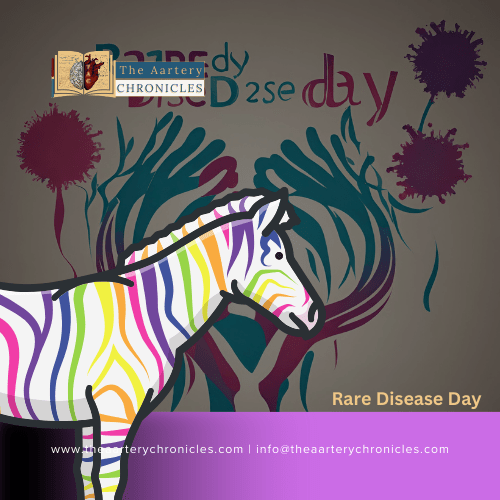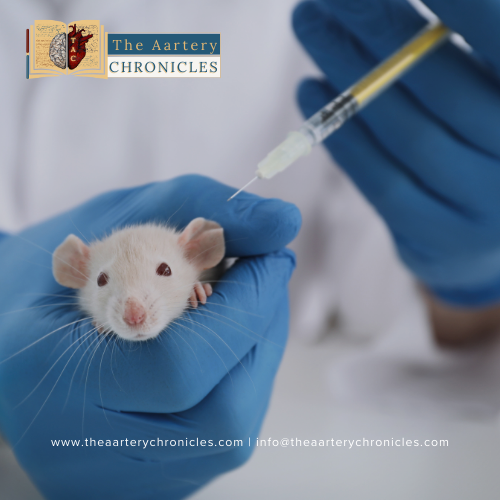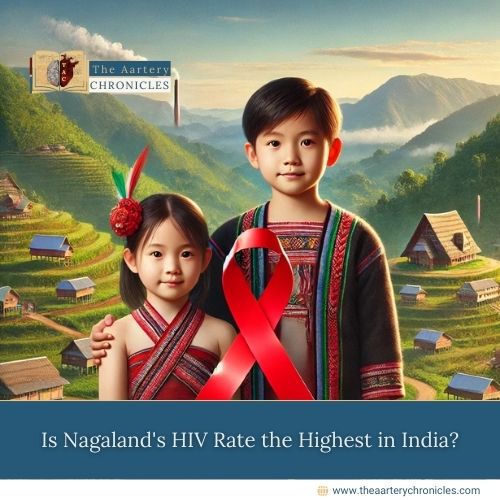

From Shadows to Spotlight: Rare Disease Day Raises Awareness and Hope
Rare Disease Day 2024
Every year, on the last day of February, the world comes together to shine a light on the millions of individuals living with rare diseases. Rare Disease Day, observed on February 29th this year, is a poignant and sobering reminder of the challenges faced by those battling conditions that often go unnoticed or misunderstood.
Rare Disease Day is a globally coordinated initiative commemorated annually, aiming to elevate rare diseases from shadows to the spotlight by raising awareness about these rare conditions and their profound impact on patients and their families. In 2024, as the world continues to grapple with a global health crisis, the significance of Rare Disease Day takes on even greater resonance. [1]
The Theme of Rare Disease Day 2024
The theme for Rare Disease Day 2024 is “Year of the Zebra,” emphasizing the distinct requirements of the rare disease community, with the zebra serving as the official mascot for rare disease patients.

The Theme of Rare Disease Day 2024
The National Organization for Rare Disorders (NORD) urges individuals, communities, and businesses to “Show Your Stripes” because, similar to the distinct pattern of a zebra’s stripes, each rare individual’s journey and narrative is one of a kind.
The “Year of the Zebra” campaign aims to spotlight a different rare disease weekly on the healthcare video education platform Osmosis from Elsevier, to inform healthcare professionals and students and accelerate the diagnosis and research of rare diseases. [1]
What are Rare Diseases?
Rare diseases, also known as orphan diseases, affect a relatively small number of people compared to more prevalent conditions. Despite their rarity, these diseases collectively impact millions worldwide. With over 7,000 rare diseases identified to date, the journey of those afflicted and their loved ones is fraught with hurdles ranging from delayed diagnosis to limited treatment options and often, social isolation.
Rare diseases are often overlooked medical conditions, with treatments frequently deemed unprofitable due to their development costs and smaller patient base. [2]
According to the National Policy for Rare Diseases (NPFRD) launched by the Government of India, rare diseases have been classified into three distinct groups: Group 1, Group 2, and Group 3.
- Group 1 includes conditions that can be effectively treated with a one-time curative approach.
- Group 2 encompasses diseases necessitating long-term or lifelong treatment, with relatively lower treatment costs, with benefits documented in the literature, and the need for annual or more frequent monitoring.
- Group 3 refers to diseases where definitive treatment is accessible, yet optimal patient selection for benefit poses challenges due to their high cost and lifelong therapy requirements. [3]
Examples of Rare Diseases
Considering India’s vast population, the Organization for Rare Diseases India (ORDI) defines an illness as rare if it impacts one in every 5,000 Indians or fewer. ORDI has documented 263 rare diseases in India. Some of the identified rare diseases are as follows:
- Cystic Fibrosis: Cystic fibrosis is a genetic disorder primarily affecting the lungs and digestive system. It is caused by mutations in the CFTR gene, which leads to the production of thick, sticky mucus that can clog the airways and obstruct the pancreas.
- Huntington’s Disease: Huntington’s disease (HD) is a hereditary and progressive neurodegenerative disorder that affects the brain, resulting in involuntary movements and cognitive decline.
- Acanthocytosis Chorea: Acanthocytosis Chorea is a rare genetic disorder characterized by a combination of movement abnormalities (chorea), abnormal star-shaped red blood cells (acanthocytes), and neurological symptoms.
- Achalasia Cardia: Achalasia cardia, is a rare disorder of the oesophagus, the muscular tube that connects the throat to the stomach. It primarily affects the ability of the lower oesophageal sphincter (LES) to relax and allow food and liquids to pass into the stomach.
- Tourette’s Syndrome: Tourette syndrome (TS) is a neurological disorder characterized by repetitive, involuntary movements and sounds called tics. [4. 5]
Key Facts About Rare Diseases
- Global burden: More than 7,000 rare diseases have been discovered, impacting around 400 million individuals across the globe.
- Causes: Rare diseases may be caused by a multitude of factors, including genetic mutations, environmental factors, and autoimmune responses.
- Diagnosis: Many rare diseases are difficult to diagnose and manage, especially because early symptoms might not be evident, concealed, misinterpreted, or mistaken for other diseases and disorders.
- Treatment: Although there is no cure for most rare diseases, treatment varies in efficacy and mostly focuses on symptom management, enhancing quality of life, and extending life expectancy.
- Impact: The scarcity of affected individuals makes it difficult to access information about rare diseases, exacerbating the stress and anxiety faced by those diagnosed. Individuals with rare diseases are often vulnerable to receiving inaccurate or unhelpful support. [3, 4, 6]
The Significance of Rare Disease Day
Rare Disease Day is profoundly meaningful as it serves to raise awareness and advocate for the requirements of individuals grappling with rare diseases. Given their low prevalence, rare diseases frequently linger in obscurity and are misunderstood. Rare Disease Day thrusts them into the spotlight, enlightening both the public and healthcare providers about their existence and significance. Elevated awareness cultivates empathy and comprehension, fostering improved social assistance and diminishing stigma for those affected by rare diseases. [1, 4, 5]
Importance of raising awareness about rare diseases
Raising awareness about rare diseases is critically important for the following reasons:
- Early Diagnosis and Treatment: Increased awareness can lead to earlier detection of symptoms, prompt diagnosis, and timely access to appropriate treatment and care. This can improve outcomes and quality of life for individuals living with rare diseases.
- Research and Funding: Raised awareness can generate public interest and support for research into rare diseases, leading to increased funding for scientific studies, clinical trials, and the development of new therapies and treatments.
- Empowerment: By raising awareness, individuals living with rare diseases and their families can become empowered to advocate for themselves, raise their voices, and demand equitable access to healthcare, support services, and social inclusion.
- Support and Resources: Awareness campaigns can help connect individuals and families affected by rare diseases with support groups, advocacy organizations, and resources that provide information, emotional support, and practical assistance. [4, 5]
Overall, raising awareness about rare diseases is essential for improving diagnosis, treatment, support, and ultimately the quality of life for individuals living with these conditions and their families.
Conclusion
In a world that often emphasizes the commonality of human experiences, Rare Disease Day serves as a poignant reminder of the extraordinary resilience and strength found in the face of adversity. Let us honor the courage of those living with rare diseases, amplify their voices, and work together toward a future where no disease, no matter how rare, is left untreated or forgotten.
- Rare Disease Day 2024 - Join Us On February 29 | NORD (rarediseases.org)
- Rare and Orphan Diseases (ncsl.org)
- Press Information Bureau (pib.gov.in)
- Orphan Products: Hope for People With Rare Diseases | FDA
- Organization For Rare Diseases India | ORDI (ordindia.in)
- Rare diseases: how can we improve diagnosis and treatment? | World Economic Forum (weforum.org)

Author: Dr. Anjali Singh
BDS [KGMC, Lucknow]
- Medicine and Diseases
- Nutrition and Diet
















